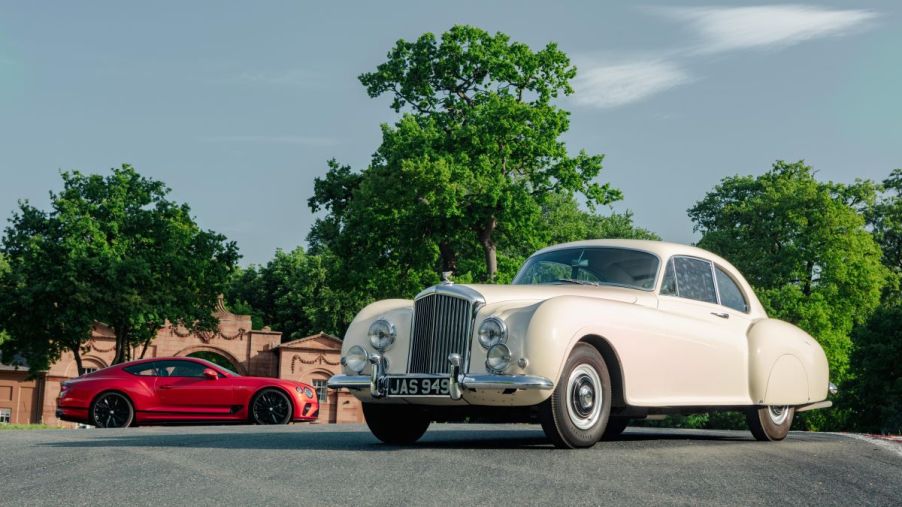
What Does GT Mean: The Pre-Jet Set Lifestyle of European Grand Touring
Most of us see “GT” as a badge emblazoned on the back of a Mustang and other fast and comfortable coupes. Although it’s a demarcation point between sports cars and luxury cars, automakers and different cultures themselves may define it differently. But what does GT mean, exactly? While many point to crushing continents in opulent vehicles, the origin dates back hundreds of years before cars were invented.
What does GT mean?
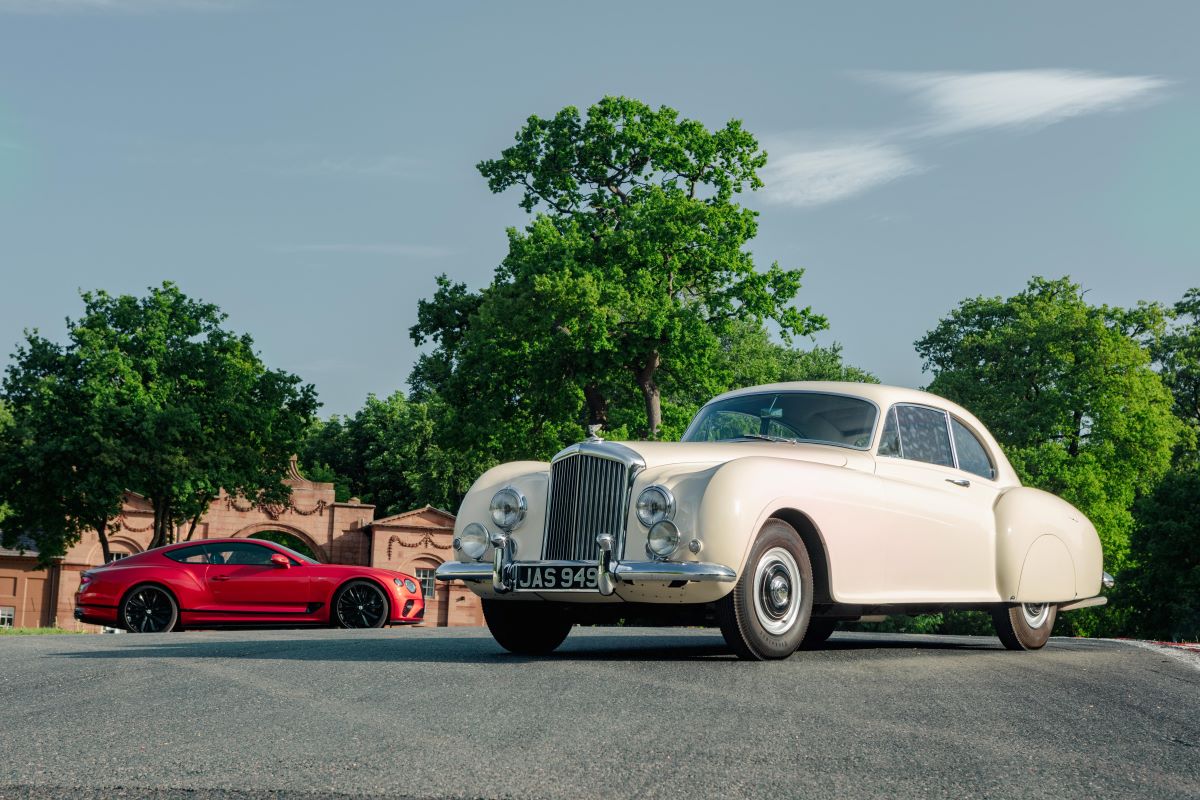
Many believe GT is an acronym for “grand turismo.” Although GT badges may have a Tuscan flair, the term is technically the English version: “grand touring.” Moreover, it has nothing to do with options packages on front-engine cruisers but the journey itself. Nearly four centuries ago, the lavish lifestyle of grand touring got its start.
Young elites started the trend long before the Bentley Boys were charging out of London into the heart of Europe. As far back as the early 17th century, graduates from prestigious universities such as Cambridge, Harvard, Oxford, Siena, Vienna, and others would take a gap year before settling down to pursue mercantile ventures, medical innovations, becoming a barrister, or other lucrative careers.
Although these young men and women were barely 20 years old, they were the succeeding generation of the who’s-who of the global geopolitical landscape. Therefore, their means to survive in 1600s Europe was no daunting challenge. Given the crowd came from well-polished stock, the 20-somethings weren’t traveling like nomads, but like the established aristocracy they were. In search of the adventurous decadence of foreign exploration, they planned to broaden their intellectual and cultural horizons in style.
London calling
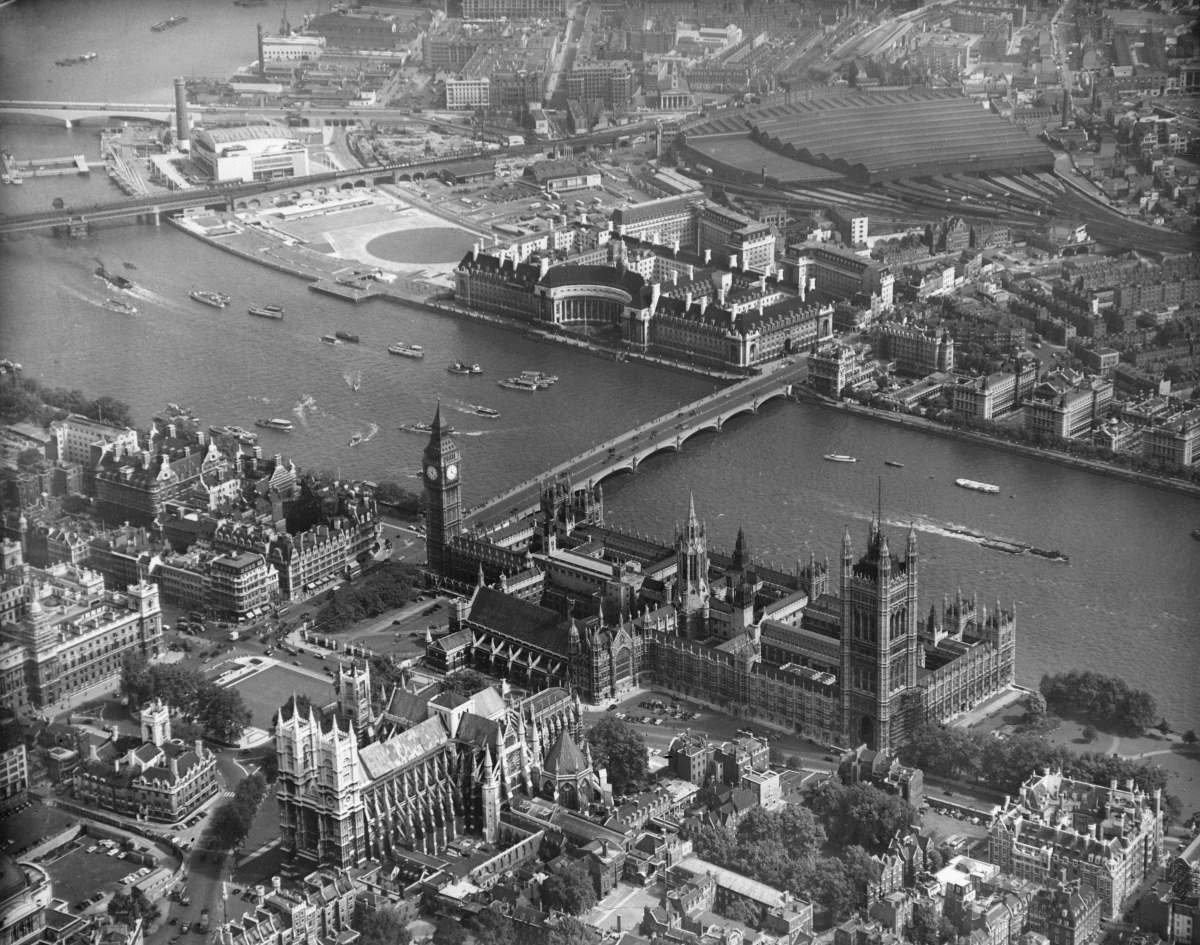
London was a hub to begin the journey to the nether regions of the Italian Peninsula. By 1670, ThoughtCo reports that some aspects of the modern tourist industry began popping up. Shops on Fleet Street carried travel guidebooks featuring particular points of interest in the 1,200-mile voyage. Haberdasheries carried some of the gear needed to make the trip, like the finest breeches and waistcoats for those eventual garden parties with continental diplomats.
Amid the hustle and bustle of the British capital, those taking part in the trek could even find a tour guide on the street. At this point, grand touring became popular with the majority of youngsters raised by parents with means. In fact, in Richard Lassels’ Voyage to Italy, he coins the phrase “Grand Tour” to make it official. The priest-turned-travel writer was one of the authorities on the journey, crossing several times in the early to mid-1600s while dodging flare-ups of plague.
French connection
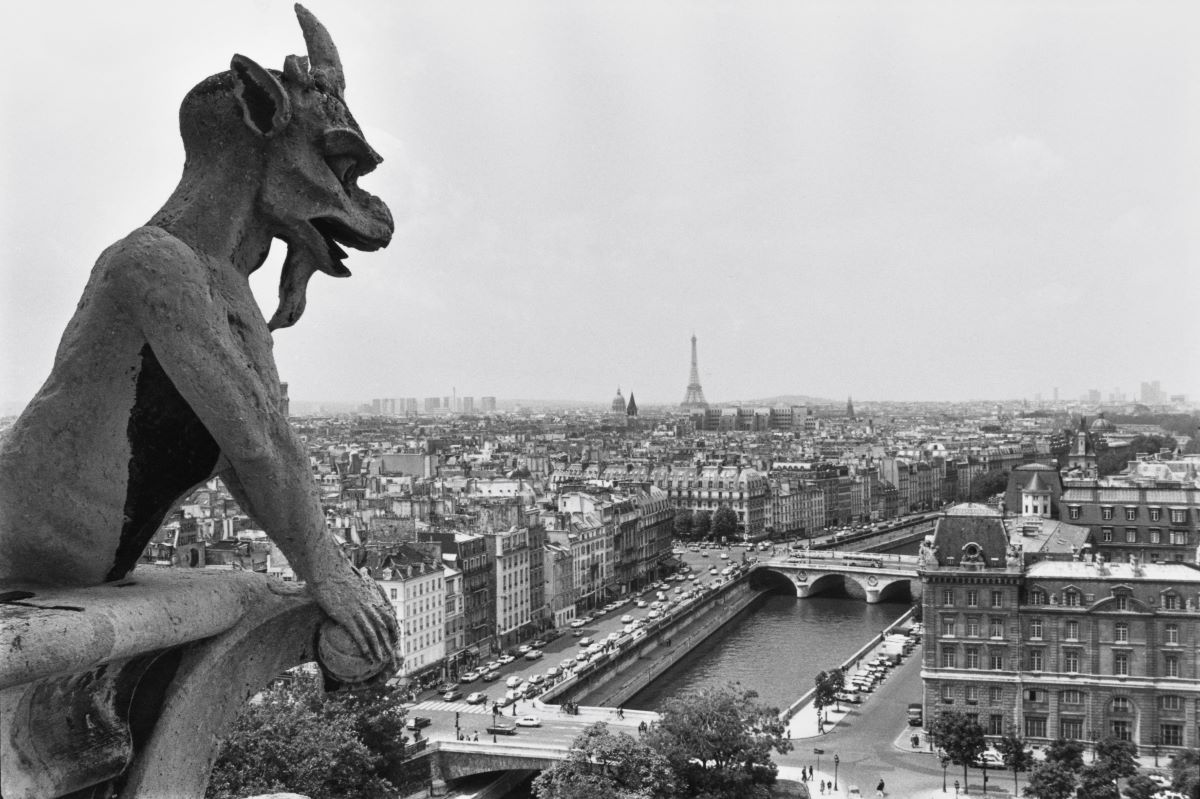
After London and the Dover-to-Calais seasick-ridden Channel dash, grand tourers would embark on the long and winding excursion through Europe. Young men and women spent weeks staying in smaller cities, those with at least some cultural significance. However, their eyes were set on reaching major metropolitan areas. First was Paris.
Most grand tourers were British—as can be expected by the nation’s worldwide mercantile might. Nevertheless, much of London was industrial after the turn of the 18th century, and many saw the French capital as, comparatively, something out of a fairy tale. After all, French was the upper-crust social language, and Versailles’ pre-Napoleonic wealth and lore trumped what was seen in and around Buckingham Palace. With the artistic, cultural, and political influence of Paris, grand tourers often set up shop for months.
Italian finale
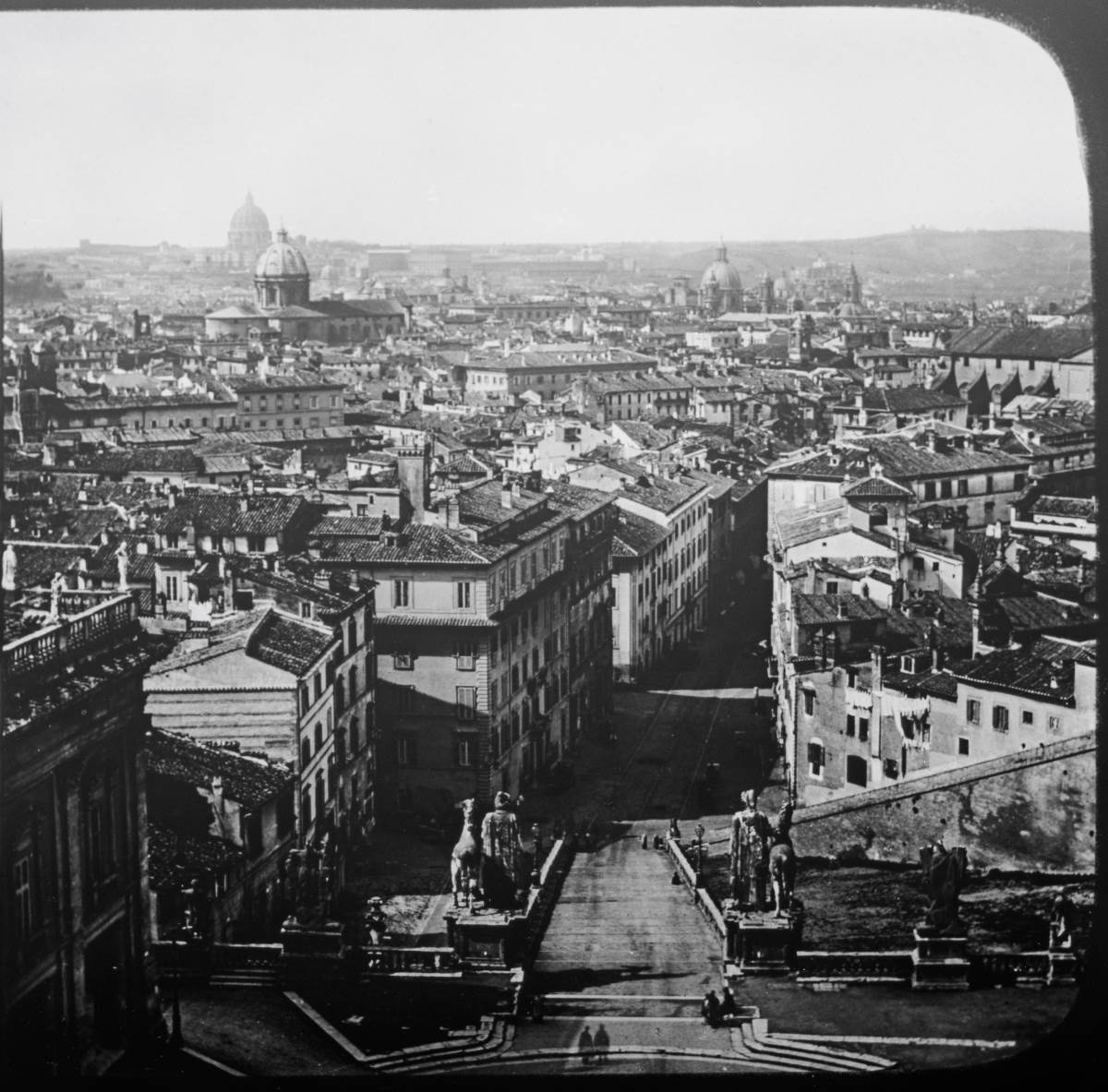
After a few seasons in the finest top-floor apartments or inns closer to the street for the less fortunate, grand tourers would set off for Italy. If a passerby asked a venturing entourage, “What does GT mean,” all would define it as reaching Rome. Those who reveled in the Classics lauded the capital’s importance as the center point of one of the Roman Empire. And as Hannibal did nearly two millennia prior, grand tourers crossed the Alps into Italy. But they stopped in Geneva for a quick stint, first.
Turin was the initial outpost for those who didn’t cross the Mediterranean. After another few weeks of gearing up for eastward travel, they would find themselves in Venice. And before letters of credit from their respective financial institutions ran dry, Rome would be a grand tourer’s final destination. Yet, excavations of ancient ruins further south presented a more southerly end in Italy later.
What is the purpose of grand touring?
While the original purpose of the Grand Tour was educational, more leisurely and frivolous pursuits were involved. After a day of taking in their fair share of Renaissance and Rococo, youths would indulge in the nightlife. While many journaled along the way, they often censored themselves and didn’t write down the scandalous activities fueled by cheap beer and cheaper thrills.
Otherwise, elites would befriend the stock of French, Italian, Austrian, and other notable aristocracies through a myriad of diplomatic envoy houses. They would often feature spend-the-night parties to keep wayward souls from walking from Versailles back to Paris at night. But some would overstay their welcome and have to return to their Parisian apartments after envoy pantries were eaten bare after a few days.
It was, though, an easy price to pay to return home with stories to tell about the famous European elite they met. Unfortunately, after departing to their home countries to assume the responsibilities of an aristocrat, oftentimes, they were more immature than when they left.
What does GT mean today?
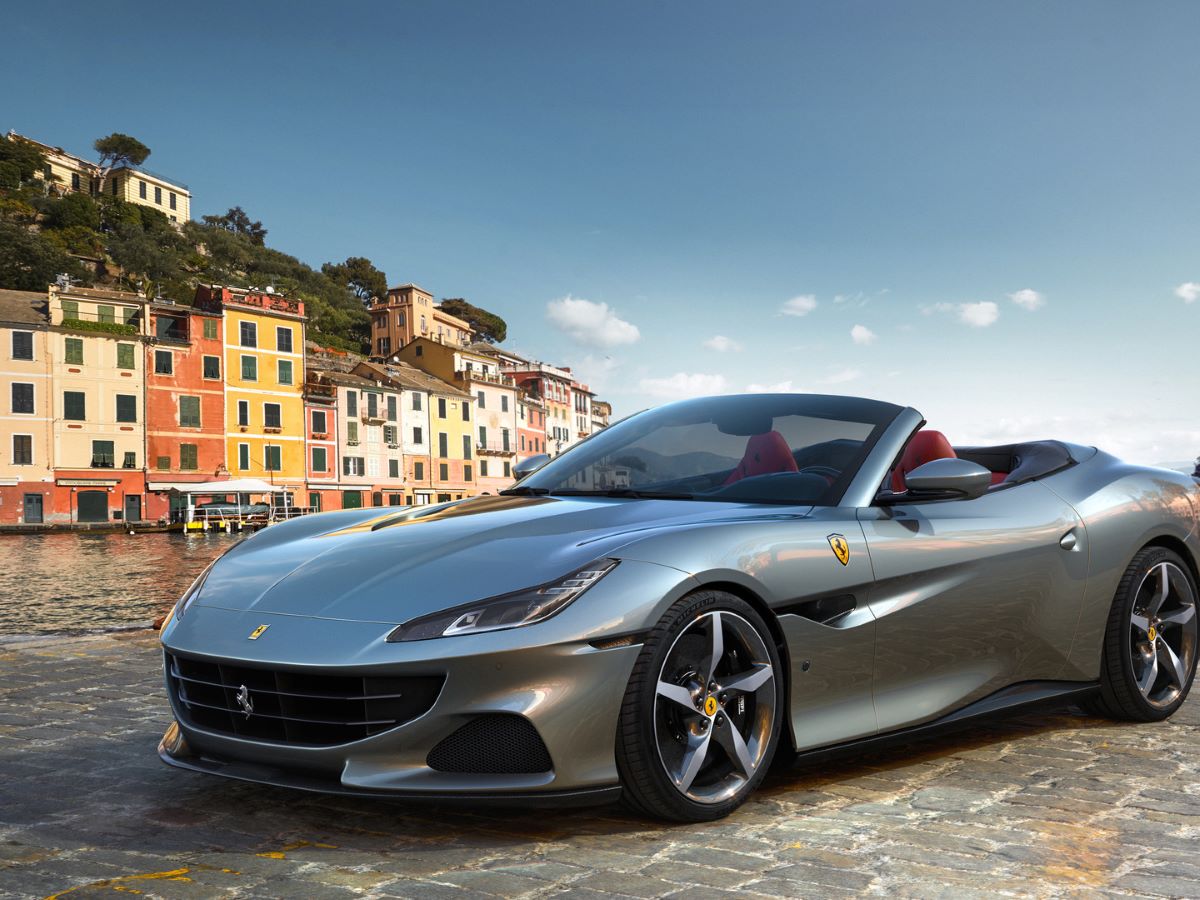
Traditional grand touring ended following Europe’s upheaval at the dawn of the French Revolution in the late 18th century. While grand tourers took a few years off, continental train travel took the romance out of carriage-drawn expeditions when the trend returned. When they got their hands on automobiles, then international air travel, much of the meaning was left in the past.
But is that true? What does GT mean on those expensive cars, then?
The modern jet set may cling to their Gulfstreams to guzzle morning mimosas in Sanremo before lunch in Naples, but grand touring itself is democratized. It wasn’t long ago that experiencing overseas cultures, architecture, geography, culinary arts, and other enjoyments was relegated to those with great wealth. There was only a way to monetize travel blogs and vlogs quite recently.
But people don’t have to stick to expensive modern GT cars like the Ferrari Roma, the Mercedes AMG GT, or anything from Aston Martin’s stable. You can find GT on the back of a Mustang, which will still get you from London to Rome, leisurely and reliably.


